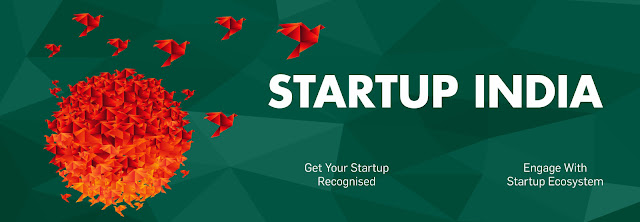Niti ayog report on the composite water managment index 14 june 2018

shashiprateek.blogspot.com

Niti ayog proposes to publish these ranks on an annual basis in Future
https://shashiprateek.blogspot.com/2018/07/new-gst-rates-kick-in-today-list-of.html
https://shashiprateek.blogspot.com/2018/07/govt-cuts-minimum-yearly-deposit-for.html
https://shashiprateek.blogspot.com/2018/07/new-gst-rates-kick-in-today-list-of.html
https://shashiprateek.blogspot.com/2018/07/govt-cuts-minimum-yearly-deposit-for.html
 |
| shashiprateek.blogspot.com |
- India in recent times is suffering from worst water crisis in its history. million or lives in livilihood are under threat due to these crisis.
- currently,600 millions face high to extreme water stresss about 2 lakh people die every year due to inaduquate access to safe water.
- it is estimated crisis is going to worse by 2030 when india's water demand is projected to be twice available supply.In view of limitations on availability on water resources and rising demand for water, sustainable management of water resources had acquired critical importance.
- The composite water management index will fullfill mandate of cooperative and competitive federalism and also challenges states/UTs to meet aspirations of new India.
NITI Ayog has prepared a report on composite water managment index(CWMI)
- The composite water management index comprises of 9 parameters and 28 indicators.
- These include various aspects of ground water,irrigation, restoration of water bodies, farm practices ,drinking water ,policy and governance.
- For purposes of analysis reporting states of index were divided into two special groups North Eastern and Himalyan states and other states to take into account different hydrological conditions across these groups.
- The report released ranks Gujrat as number one in the reference year(2016-17) followed by Madhya pradesh, Andra Pradesh,Karnatka,and Maharashtra.In north eastern and Himalyan states,Tripura has been adjudged number one in 2016-17 followed by Himachal pradesh,Sikkim and Assam.
- In terms of incrimental change of index(over 2015-2016) level, Rajasthan holds number one position in general states and Tripura ranks as first position amongst North Eastern and Himalyan states.












